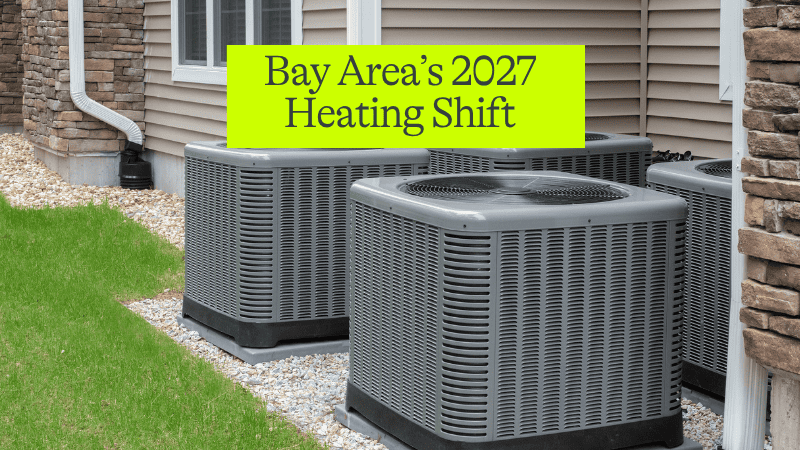The Washington Post likes Harvest, too
By
Kiana Kazemi
.jpg)
Three years ago, Ted Treadwell made a bold move: he turned his water heater into a battery.
Michael J. Coren spoke with Harvest’s co-founder Dr. Jane Melia to explore this story for the Washington Post.
After 25 years of relying on gas to heat his home in Santa Rosa, Ted wanted to cut ties with fossil fuels. He replaced his aging furnace and water heater with a single high-efficiency smart thermal battery from Harvest.
Instead of heating water and air separately, Harvest’s system does both with one ultra-efficient heat pump and an insulated tank. That tank becomes a software-controlled thermal battery, storing heat when electricity is clean and cheap, and using it later when needed for hot showers or warm air.
Ted’s setup, combined with rooftop solar, now earns him credits from PG&E each month. His utility pays him.
It’s a glimpse into a smarter, more resilient future for home energy.
That’s where Harvest comes in. By storing heat ahead of time, when the grid is under less stress, homes like Ted’s can stay warm without adding pressure—or emissions—during peak hours.
“We’re future-proofing the house for homeowners,” said Dr. Melia.
And it’s not just theoretical. In a pilot with Peninsula Clean Energy, four homes received Harvest systems at no cost. The results? Nearly all energy use was shifted to cleaner, cheaper times of day—exactly what utilities need to stabilize the grid. The systems performed reliably, and the price (after incentives) was on par with installing a separate heat pump water heater and HVAC.
In the long run, thermal batteries like Harvest’s could play a major role in decarbonizing America’s homes—particularly in regions with mild climates, smaller homes, and high renewable energy adoption.
With federal and state incentives covering 30–50% of system costs and new programs rewarding customers who shift energy use to low-carbon hours, many homeowners are already saving money from day one.
As Michael Coren shares in calculations for his own home, “The final price tag was around $15,000. That’s well under standard heat pumps, and I could save on my utility bills each month.”

Swapping from baseboard heaters or propane furnaces to a high-efficiency heat pump can save hundreds per year—and even more with solar or time-of-use billing.
For Ted, the investment is already paying off. He expects to recoup the cost of his Harvest system and solar panels in under a decade. His emissions have plummeted. And he’s no longer at the mercy of volatile gas prices or rising electricity rates.
“I think it’s the right thing to do,” he said.
We think so too.

.png)
.png)
.png)
.png)
.png)


.png)
.png)
.png)
.png)
.png)
.png)

.png)
%20(2).png)

%20(1).png)

%20(3).png)

%20(1).png)
%20(5).png)
%20(3).png)
%20(1).png)
.png)
.png)
.png)
%20(4)%20(1).png)
.png)

%20(11).png)
%20(10).png)
%20(6).png)
%20(4).png)
%20(3).png)
%20(10).png)
%20(6).png)
%20(1).webp)
.jpg)
%20(4).png)
%20(2).png)
.png)
%20(2).png)
.png)













.jpg)



%20copyminimal%20_0.1.jpg)




















